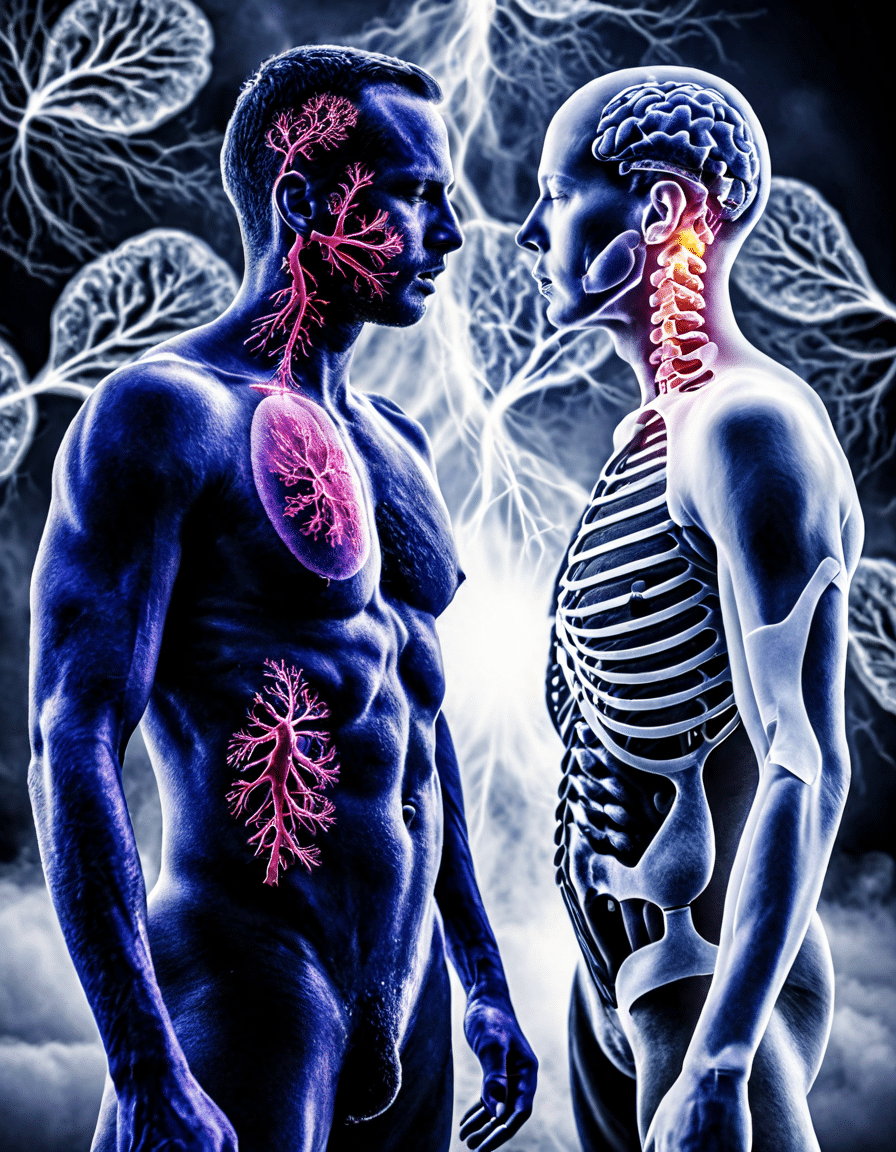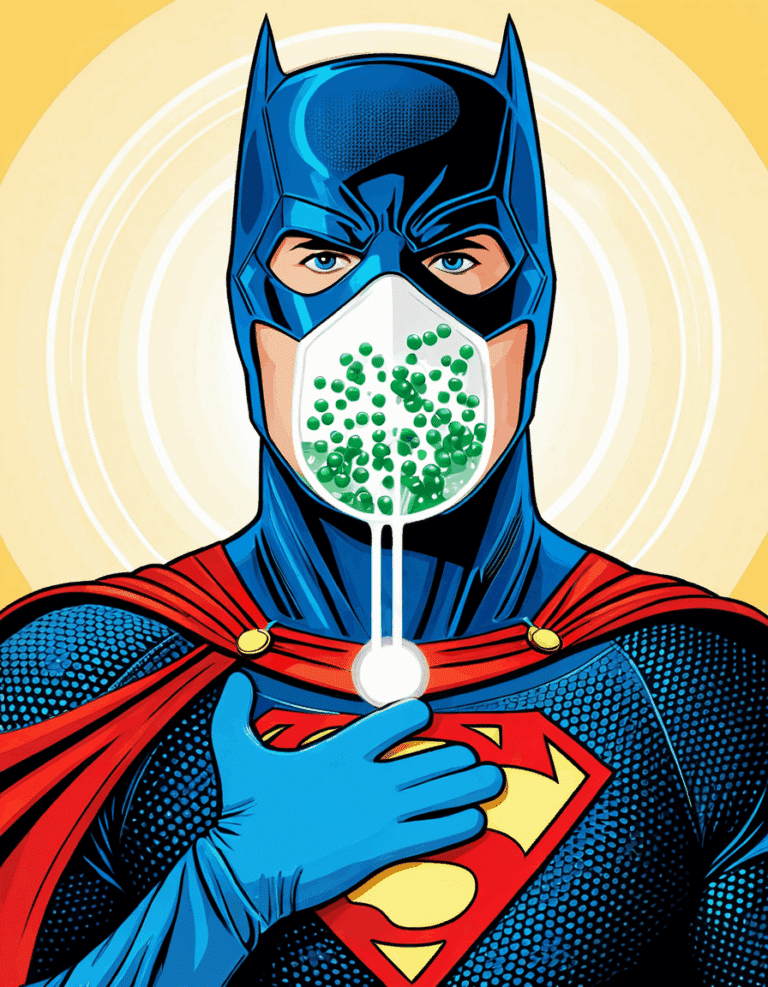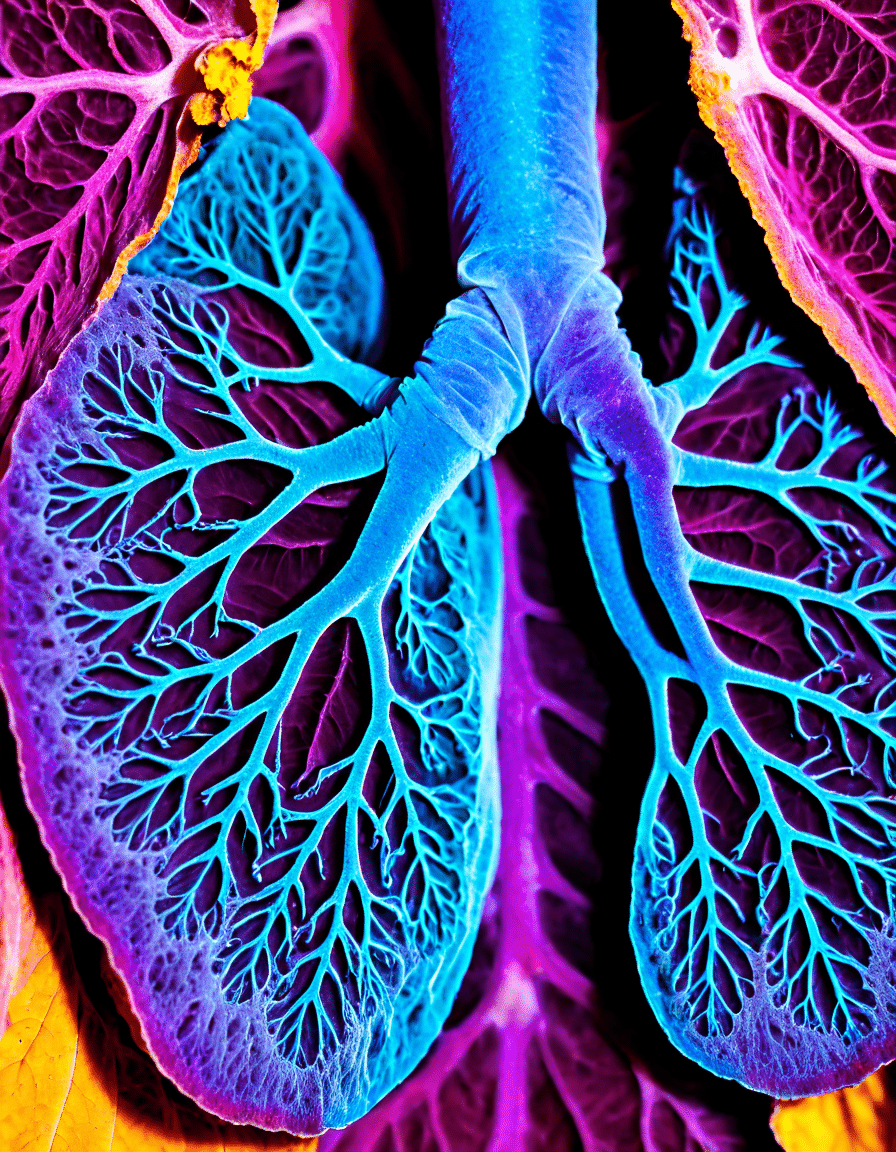Sarcoidosis disease is a perplexing and inflammatory condition that primarily affects the lungs but doesn’t stop there—it can impact multiple organs throughout the body. Knowing the symptoms associated with sarcoidosis disease can lead to early detection and effective management. In this article, we’ll dive deep into the symptoms you need to be aware of, how to distinguish sarcoidosis from other conditions, and innovative management approaches that hold promise for those affected. So, let’s pump up our knowledge and get strong against this disease!

Top 7 Symptoms of Sarcoidosis Disease You Should Know

1. Respiratory Issues: Cough and Shortness of Breath
One of the top symptoms to watch for is a persistent cough and shortness of breath. These are often caused by granulomas, which are clumps of immune cells that form in the lung tissue. Think of it as your body sending out an SOS signal, showing that your lungs are in distress. If you’re struggling to catch your breath while doing simple activities, it’s crucial to consult a healthcare professional—don’t ignore what your body is trying to tell you!
2. Fatigue and Fever: Generalized Symptoms
Feeling totally wiped out? Chronic fatigue is a common complaint among sarcoidosis disease patients, often accompanied by a low-grade fever. This kind of tiredness goes beyond the usual end-of-the-day exhaustion; it can severely impact your daily life. Incorporating energy conservation strategies can be essential for managing your energy to get through routine tasks, giving you a fighting chance against fatigue.
3. Skin Manifestations: Cutaneous Candidiasis
Another symptom includes skin issues such as cutaneous candidiasis, a fungal infection that arises when your immune system is compromised. For those living with sarcoidosis disease, this can mean turning routine skin care into a major focus area; it’s not just about looking good but about managing health. Specialized dermatological help can be a game-changer, ensuring that skin remains one less thing to worry about.
4. Eye Problems: Uveitis and Retinal Inflammation
Keep an eye on your eye health! Sarcoidosis can lead to serious ocular complications like uveitis if not treated promptly, which can even result in vision loss. Regular eye exams become crucial for anyone with sarcoidosis disease. Staying ahead of potential problems protects not only your vision but can also enhance your overall quality of life.
5. Joint Pain: Arthritis-like Symptoms
Joint pain and swelling are symptoms many patients experience, making it feel like arthritis is part of the package deal. This can range from mild discomfort to severe pain. It’s an essential reminder that managing your symptoms through personalized treatment plans can lead to better mobility and help you stay active, whether you’re hitting the gym or just looking to enjoy life.
6. Neurological Implications: Sarcoid Encephalopathy
While it’s less common, sarcoidosis disease can impact the nervous system, presenting as neurosarcoidosis. Symptoms may include headaches, seizures, or a variety of neurological issues. These symptoms require careful evaluation by a healthcare provider, as they can significantly alter one’s day-to-day living and need a specialized approach to treatment.
7. Gastrointestinal Symptoms: Ischemic Colitis
Don’t overlook gastrointestinal symptoms either! Patients may deal with ischemic colitis, where blood flow to parts of the colon is reduced. This can result in stomach pain or altered bowel habits. If you notice these issues, don’t hesitate to get them checked out. Understanding your body is key!
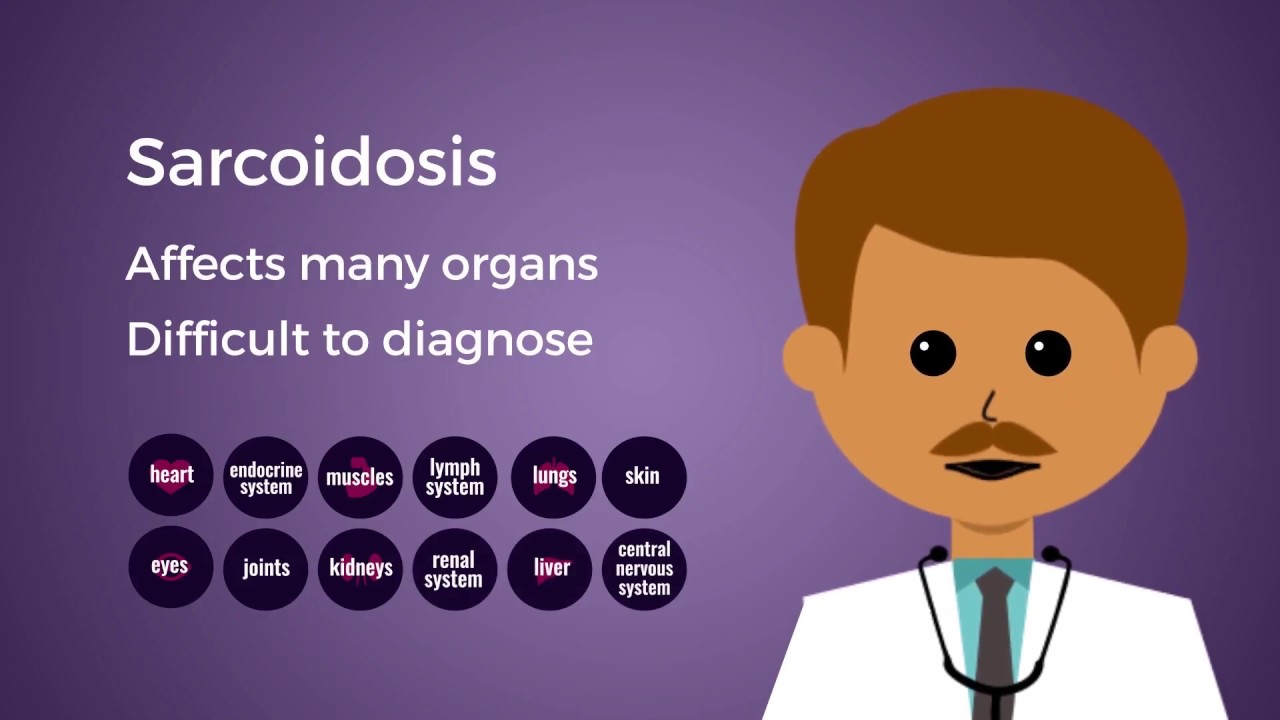
Correlating Symptoms: Sarcoidosis Disease and Other Conditions
Identifying sarcoidosis disease can be challenging as it sometimes mimics other medical conditions. Here’s how it stacks up against several similar diseases:
Hemochromatosis Symptoms vs. Sarcoidosis
Both sarcoidosis and hemochromatosis can lead to overwhelming fatigue and joint pain. However, hemochromatosis is due to excess iron in the body, causing issues like diabetes or liver cirrhosis—none of which stem from sarcoidosis disease. Understanding this distinction is vital for clinicians to provide correct treatments.
Thyrotoxicosis: Overlapping Symptoms
Thyrotoxicosis might also masquerade as sarcoidosis, showing fatigue and weight loss. But keep an eye out for signs like rapid heartbeat or mood swings in thyrotoxicosis; these can clarify your diagnosis. Always consult a healthcare professional for an accurate differential diagnosis to tackle the right problem.
Aphthous Ulcers: A Common Concern
Frequent mouth sores or recurrent aphthous ulcers may also plague patients with sarcoidosis disease. These annoying sores can worsen your quality of life, making it crucial to have tailored oral care strategies in place. Managing these symptoms effectively can help keep you feeling your best.
Osteoporosis Symptoms Related to Sarcoidosis
Corticosteroids, often prescribed to manage sarcoidosis, can contribute to osteoporosis symptoms and increase your risk of fractures. It’s vital to incorporate proactive measures like calcium and vitamin D supplementation for maintaining strong bones. Stay ahead of these risks to stay active and fit!
Subcutaneous Emphysema: A Potential Presentation
In rare instances, sarcoidosis disease can lead to subcutaneous emphysema, where air gathers under the skin. It’s essential healthcare professionals monitor this promptly to avert complications, underscore the importance of a comprehensive approach to sarcoidosis management.
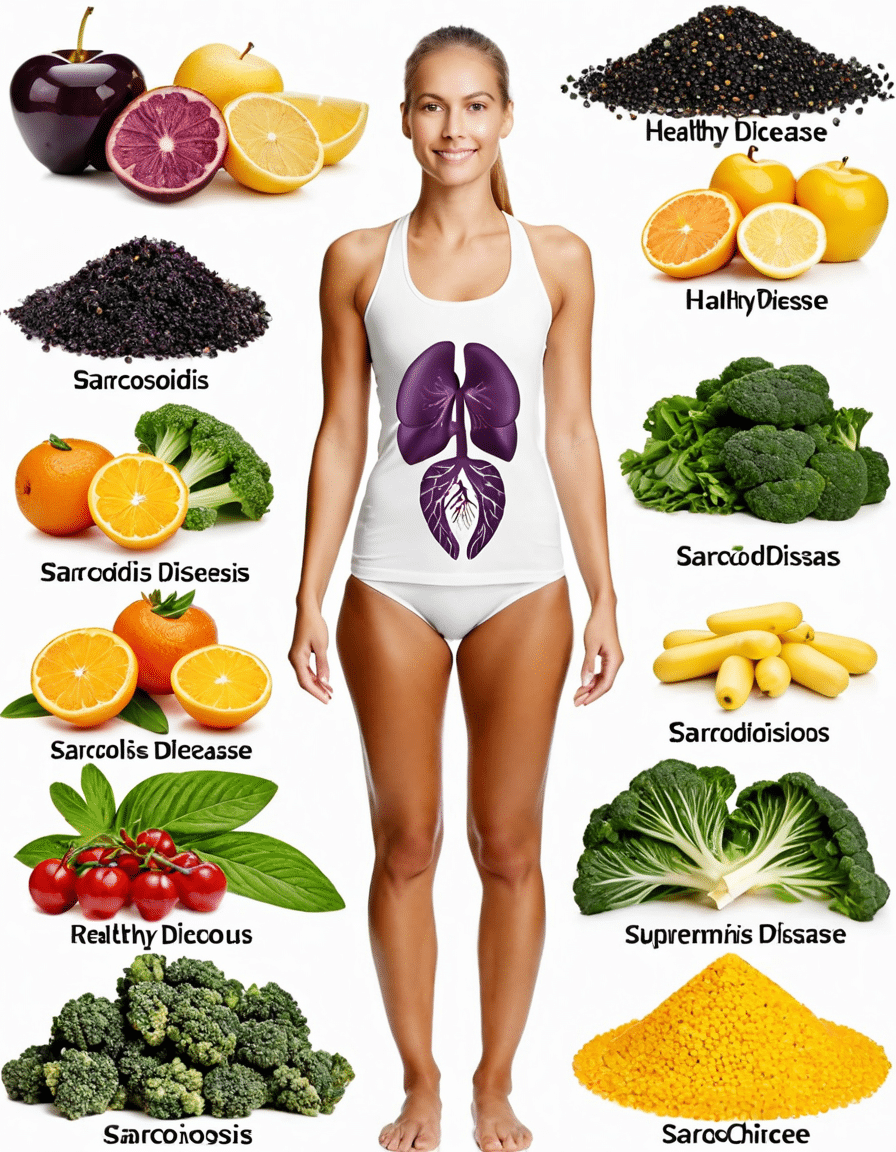
Innovative Management Approaches for Sarcoidosis Disease
Advancements in managing sarcoidosis disease continue to unfold rapidly. Emphasizing personalized care is crucial, with multidisciplinary teams bringing together pulmonologists, dermatologists, nutritionists, and physical trainers. Each plays a role in improving the patient’s quality of life by addressing every facet of the disease.
Moreover, ongoing research into new treatments—like biologics that target specific inflammatory pathways—looks promising for managing the condition with less reliance on systemic steroids. This exploration keeps the door open for innovative approaches that can refine the care patients receive.
Creating a strong support network cannot be understated. Engaging with support groups and educational resources fosters community, relieving feelings of isolation that often accompany chronic conditions. Sharing experiences and learning coping techniques from others can provide invaluable support for those navigating life with sarcoidosis disease.
Understanding the multitude of symptoms associated with sarcoidosis disease and its similarities with other conditions can empower patients and healthcare providers alike. This awareness leads to more effective treatment plans, improving health outcomes, and enhancing overall life quality for those affected by this challenging disease.
So, whether you’re looking to bulk up or just maintain a solid health foundation, keep this knowledge in your pocket, and let’s get shredded together! Check out resources like hypoglycemia treatment, and don’t forget to stack in those greens for a well-balanced approach to support your overall wellness. Remember, knowledge is power, and a well-prepared mind and body is the ultimate fusion to help you fight back against any health challenge! 🔥
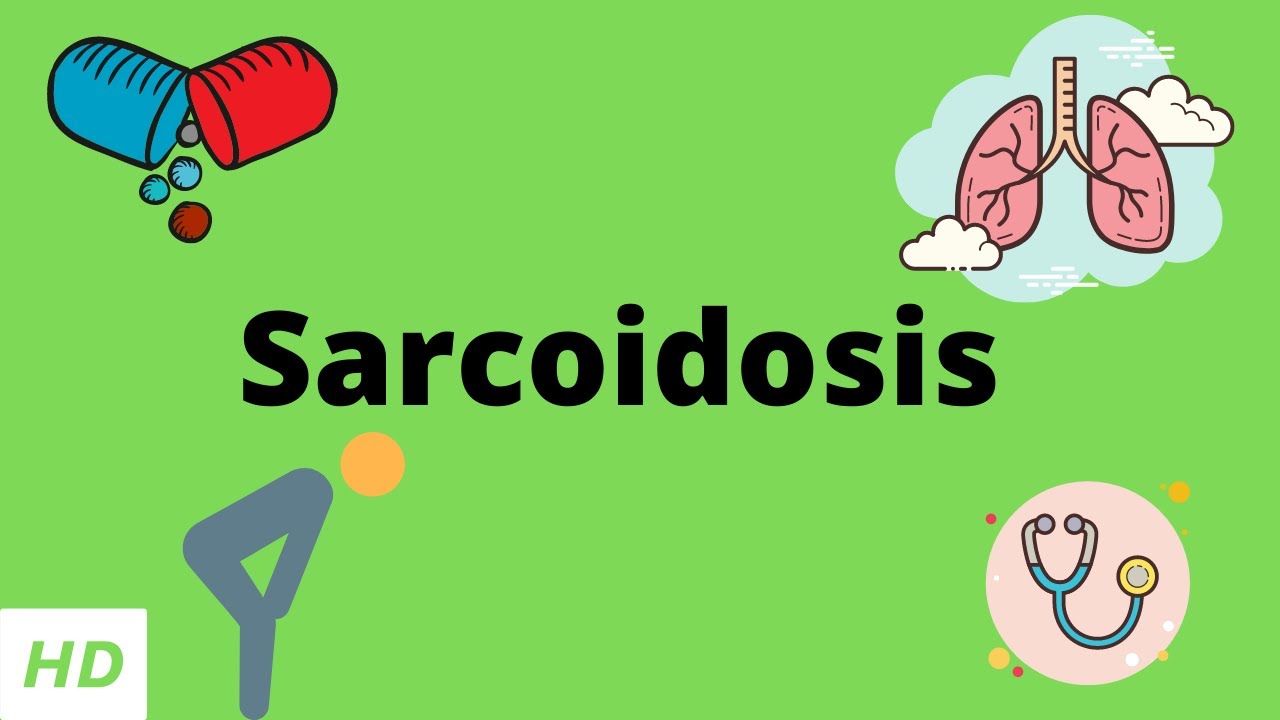
Sarcoidosis Disease: Fun Trivia and Key Insights
Understanding Sarcoidosis Disease
Sarcoidosis disease is quite the enigma in the medical field. While it often affects the lungs, this condition can pop up in almost any organ, leading to varied symptoms. Did you know that this disease can sometimes mirror other conditions, which complicates diagnosis? It’s like spotting a celebrity (think Barry Switzer) in a crowd; you know they’re familiar, but you just can’t put your finger on it.
Interestingly, sarcoidosis disease can be influenced by genetics and the environment. Talk about a cocktail of factors! Speaking of intriguing combinations, did you ever wonder if broccoli is man-made? Just a teaser for how nature and nurture can bring unexpected results. As medical professionals dig deeper into the layers of sarcoidosis disease, it’s the small details that can make a big difference.
The Surprising Facts
One fascinating element of sarcoidosis disease is its unpredictable nature—it can go into remission without treatment, but sometimes it requires serious medical intervention. Much like the complexities we see in the design of the Georgia state flag, the patterns and symbols in sarcoidosis can be intricate and misleading. Some patients may experience extreme fatigue, while others may develop visible symptoms like skin rashes.
And here’s a fun fact: sarcoidosis disease is more common in people aged 20-40, although it’s a condition that can strike at any age. In pop culture, young actors like Ethan Cutkosky have grown up in the spotlight, facing different challenges, but it’s a reminder of how unpredictable life can be. While treatments are available, the lack of a one-size-fits-all approach means patients may need to explore various options. Just like exploring ceylon for its tea variations or enjoying a list of Rose Byrne Movies And TV Shows, the journey of managing sarcoidosis can feel like a personal adventure ripe with choices.
Taking a closer look at any disease tells us more about our health and well-being. Understanding sarcoidosis is essential. With ongoing research and greater awareness, hopefully, we can demystify this disease that impacts so many lives.
